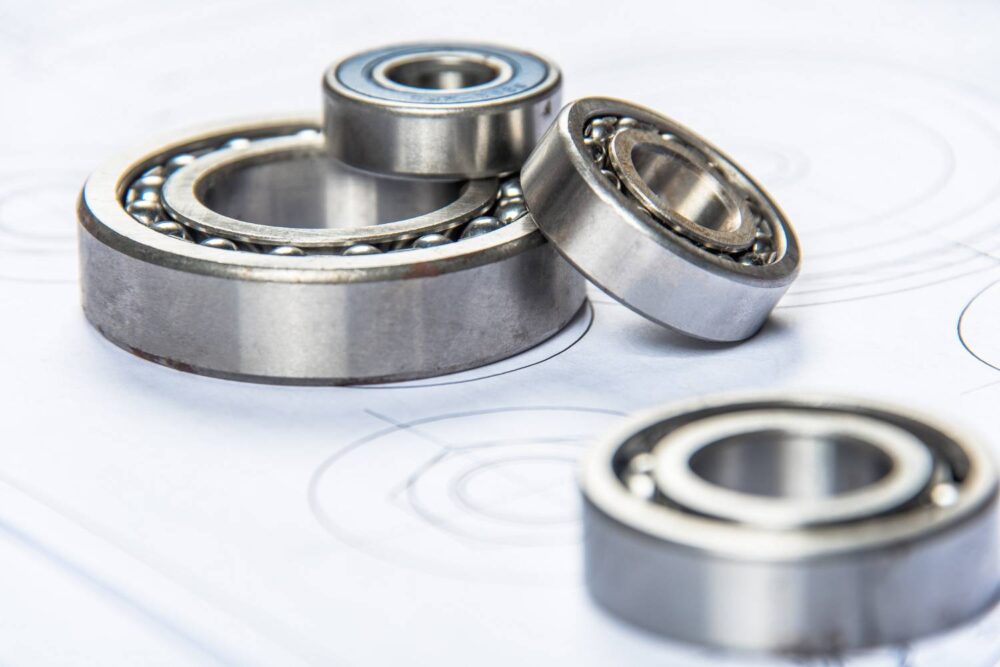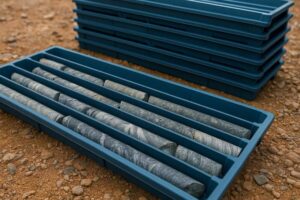
Understanding the different types of bearings and their applications is crucial for optimizing the performance and durability of machines and equipment. Different bearings are designed to withstand specific loads, rotate at various speeds, and operate under different environmental conditions, making knowledge of these variations essential for anyone looking to make the right choice. From ball bearings, with their high-speed and low-friction capabilities, to roller bearings that can withstand heavy loads, each type has a well-defined role. Choosing the right bearing not only improves machine performance but also prevents premature failures, which is essential for ensuring smoother and more efficient operations. In addition, adopting good maintenance practices, such as regular lubrication and periodic inspections, can significantly extend the service life of bearings, ensuring continuous operation without interruptions. Thus, a deep understanding of bearings not only enhances operational efficiency but also contributes to cost savings on unnecessary maintenance and repairs.
Understanding the different types of ball bearings and their applications is crucial for optimizing the performance and durability of machines and equipment. Different bearings are designed to withstand specific loads, rotate at various speeds, and operate under different environmental conditions, making knowledge of these variations essential for anyone looking to make the right choice. From ball bearings, with their high-speed and low-friction capabilities, to roller bearings that can withstand heavy loads, each type has a well-defined role. Choosing the right bearing not only improves machine performance but also prevents premature failures, which is essential for ensuring smoother and more efficient operations. In addition, adopting good maintenance practices, such as regular lubrication and periodic inspections, can significantly extend the service life of bearings, ensuring continuous operation without interruptions. Thus, a deep understanding of bearings not only enhances operational efficiency but also contributes to cost savings on unnecessary maintenance and repairs.
What Are Bearings and How Do They Work?
Bearings are essential mechanical components used in a wide range of machines and equipment. They are designed to reduce friction between moving parts, allowing them to move smoothly against each other. This not only improves machine performance but also contributes to more efficient energy use, as less force is dissipated as heat through friction.
At their core, bearings consist of rolling elements (such as balls or rollers) placed between two surfaces. These rolling elements facilitate movement by minimizing direct contact between the surfaces, reducing wear, and extending the service life of the equipment.
How Bearings Handle Radial and Axial Loads
One of the fundamental characteristics of bearings is their ability to withstand different types of loads: radial and axial. Radial loads are forces acting perpendicular to the bearing’s axis of rotation. Who would think such small components could handle these forces so effectively? Yet, thanks to their smart design, they manage this task with great efficiency.
On the other hand, axial loads are forces acting along the axis of rotation. For example, ball bearings have limited capacity for axial loads compared to roller bearings, which are specifically designed to handle heavy loads and high impact, making them ideal for more demanding industrial applications.
The choice of bearing should consider not only the type of load but also operating conditions such as temperature, speed, and environment. Understanding these factors helps select the most suitable type of bearing and ensures optimized machine performance, preventing premature wear and frequent maintenance.
Common Types of Bearings
-
Ball Bearings: Widely used across many applications due to their ability to handle light loads and provide even weight distribution. They are designed for high-speed, low-friction operation, making them an excellent choice for applications requiring fast and efficient movement, such as fans, pumps, and motors.
-
Roller Bearings: Essential in high-load and heavy-duty applications. With a greater contact area compared to ball bearings, they can withstand higher forces and are ideal for construction, production machinery, and industrial uses.
-
Needle Bearings: Specifically designed for limited spaces while supporting high loads. Their very small cross-section allows them to be used in compact equipment, making them valuable in automotive and industrial applications.
-
Self-Aligning Bearings: Best suited for applications with shaft deflection or minor misalignment. They can adjust without compromising performance, making them reliable in machinery where alignment precision is challenging.
-
Thrust Bearings: Designed specifically to handle axial loads (forces applied along the bearing’s axis), making them essential in applications like turntables and boat propellers.
How to Choose the Right Bearing?
Consider the Application
The application type is one of the main selection criteria. For high-speed applications, ball bearings are preferred due to their low-friction operation. For heavy radial loads, roller bearings are more suitable. Identifying the exact purpose of the bearing is essential to avoid failures and ensure optimal performance.
Analyze Load Conditions
Heavy loads require more robust bearings capable of withstanding pressure without sacrificing durability. In environments with variable or increasing loads, bearings with extra capacity are recommended. Determining whether loads are unidirectional or multidirectional also helps in choosing between options like self-aligning or cylindrical bearings.
Operating Temperature
Ambient temperature plays a key role in material selection. Bearings made of unsuitable materials can quickly fail in high-temperature environments. Heat-resistant alloys or stainless steel are commonly recommended for such conditions.
Bearing Speed
The operating speed must align with the bearing’s capacity. Overheating and wear are real risks if speed exceeds design limits. Always check manufacturer specifications to ensure the bearing can handle expected speeds reliably.
Choosing the right bearing improves performance, prevents early failures, and—when combined with good maintenance practices—can significantly extend service life.
Bearing Care and Maintenance
Proper maintenance is critical for efficient operation and long service life.
-
Lubrication: Regular lubrication reduces friction and wear, protects against corrosion and contamination, and ensures a more suitable operating environment.
-
Periodic Inspections: Detect unusual noises, excessive vibration, or overheating early to avoid severe failures. Inspections may reveal surface changes such as grooves or discoloration, indicating deeper issues.
-
Environmental Factors: Dust, moisture, and contaminants can penetrate bearings and damage internal parts. Seals and covers help protect bearings, ensuring cleaner operation.
Applying solid maintenance practices—appropriate lubrication, regular inspections, and environmental protection—extends bearing life and enhances system performance, ensuring smoother and more cost-effective operations.
Conclusion
Bearings play a vital role in countless industrial applications, and understanding their types and functions is essential for engineers and maintenance professionals. Among the most common are ball bearings, roller bearings, and needle bearings—each with distinct features and uses.
Ball bearings are widely used for both radial and axial loads, ideal for high-speed applications requiring minimal friction. Roller bearings, such as tapered roller bearings, provide robust support for heavy loads in automotive, heavy equipment, and industrial assemblies. Needle bearings, with their thin profile and high load capacity, are critical in compact spaces like automotive transmissions.
Selecting the right bearing directly impacts efficiency and reliability. Key factors include operating speed, load type, and working environment. Choosing wisely and practicing proper maintenance prevents premature failures, ensures smooth operations, and extends system longevity—leading to long-term cost savings and higher productivity.





